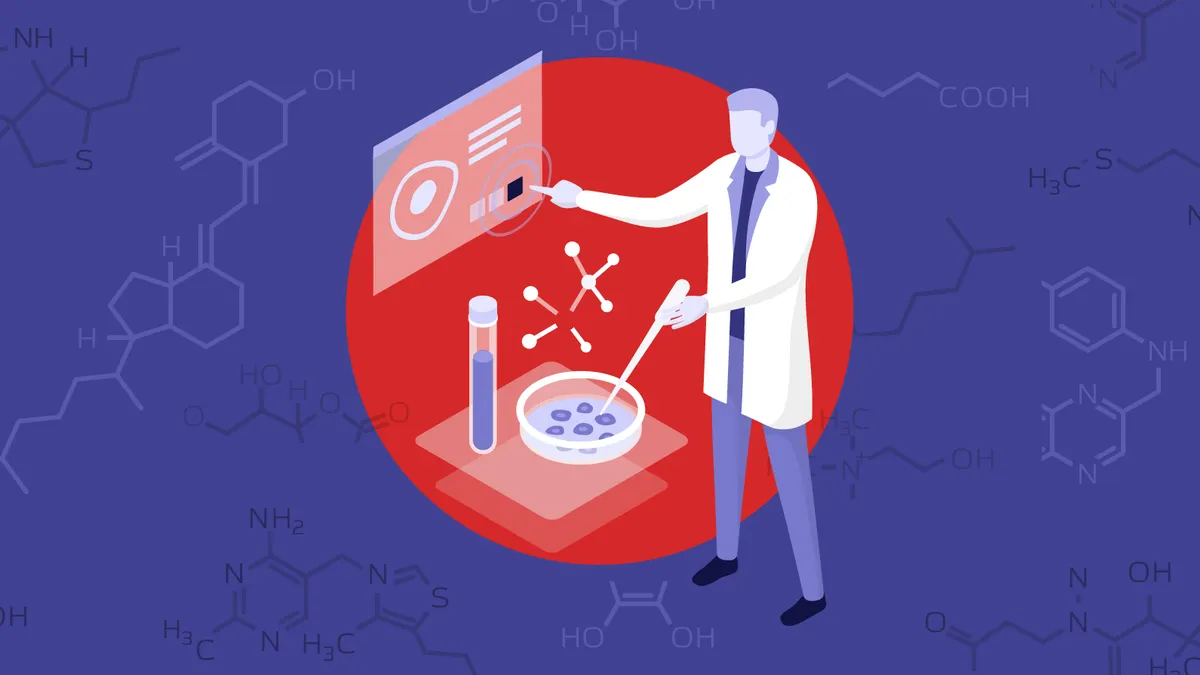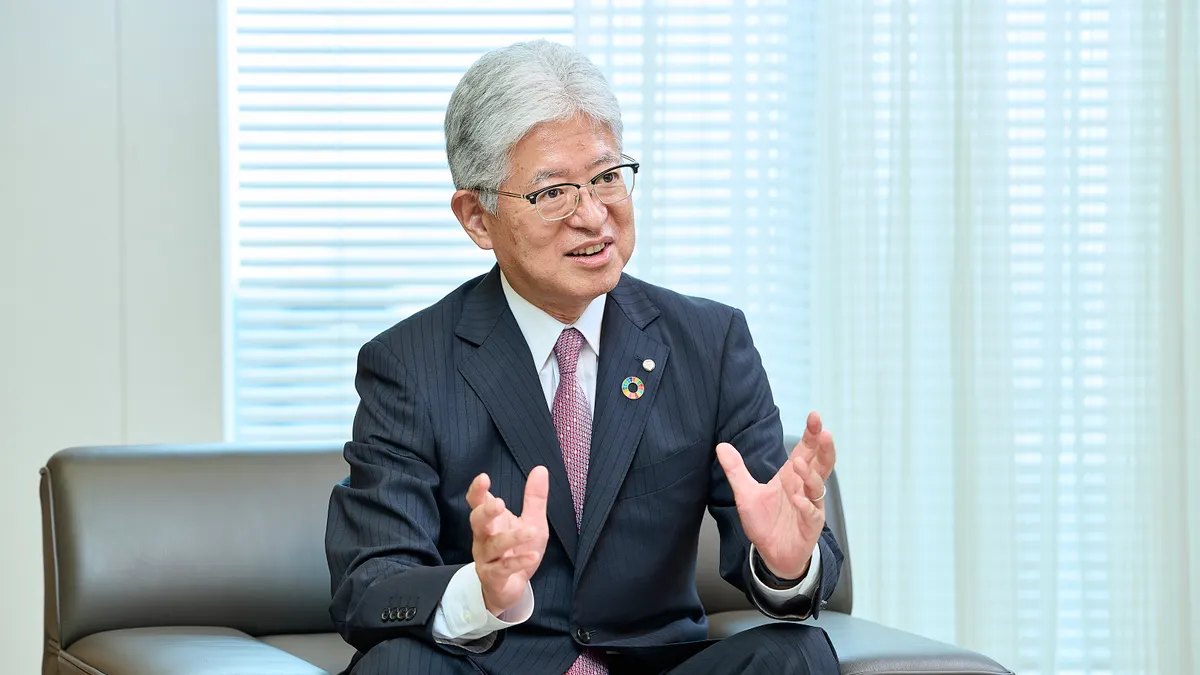Precision oncology continues to be one of the most promising — and fastest-growing fields — in cancer therapy. Of the more than 10,000 oncology clinical trials initiated between 2019 and 2023, roughly 30% focused on precision oncology.1 And, overall, the global market for precision oncology therapeutics is expected to grow steadily over the next decade, reaching a projected $364 Billion by 2035.2
However, reaching small, and often geographically diverse, populations for clinical trials in precision oncology remains a challenge for therapeutic developers. And it’s a problem that the right NGS solution can help solve.
Patient recruitment challenges plague clinical research in precision oncology
Reaching small, and often geographically diverse, populations for precision oncology trials comes with significant challenges.
For one, clinical trial participation rates remain low across oncology. Fewer than 8% of cancer patients in the U.S. — and, by some estimates, as little as 2% — ever enroll in a clinical trial.3 And roughly one in four cancer trials fails to hit their enrollment targets and enroll a sufficient number of patients.4
These challenges may be particularly pronounced in precision oncology, where only a small subset of patients may be eligible for treatment. “When you’re looking for that needle in a haystack, you need to be able to identify and recruit patients quickly to move forward with your trial,” says Binh Nguyen, vice president of medical science, Thermo Fisher Scientific. “And in precision oncology, this problem magnifies in patients with refractory disease: They simply don’t have a week or more to find out if they’re eligible to participate.”
Yet, many precision oncology trials still use a centralized model for assessing eligibility, which requires transporting patient samples to a participating medical site for NGS testing — a process that can add potential delays. As a result, patients may miss their opportunity to participate in a trial, or experience less optimal outcomes due to a longer time-to-treatment.
High rates of test failure impede trial participation, too
Even the patients that undergo the lengthy process of centralized NGS testing, there’s a risk that test failures may prevent clinicians from obtaining the insights needed to enroll them in the trial.
“With traditional NGS solutions, you’re looking at a failure rate of roughly 30 percent,” says Nguyen. “You’ll also lose that sample once you send it away, so you’ll need to re-biopsy that patient and go through the whole process again. Most of the time, this means you’ll lose that patient for your trial.”
Deploying the optimal NGS technology can help developers overcome these barriers
To address recruitment challenges head-on, developers must look beyond major medical centers as they develop their clinical trial strategy and find ways to reach more patients.
With the optimal NGS technology, developers can:
1. Streamline patient screening and recruitment
The option to test samples on-site has a direct impact on turnaround time and testing samples on-site offers two key advantages. First, it eliminates the delays caused by tissue transport to a centralized lab. Second, the NGS test itself can deliver results within 24-48 hours, compared to the week or more required by other methods.
“The faster the turnaround, patients will know faster whether they are eligible for the study of a specific mutation and thus are more likely to enroll in the trial,” Nguyen says. “A decentralized model also raises awareness of ongoing trials across more treatment sites, increasing the likelihood that patients will hear about and enroll in your trial in the first place.”
Importantly, the optimal NGS technology should pair the convenience of decentralization with exceptional sensitivity, maximizing the potential to screen patients for eligibility without the need to collect additional tissue.
2. Reach diverse, global patient populations
A decentralized model can also help enrich the quality of clinical research by supporting clinical trial diversity.
“Decentralization allows you to tap into patient populations that are least likely to participate in clinical trials by supporting testing in smaller medical centers that treat underserved communities,” says Nguyen. “This means you’ll have more opportunities to demonstrate efficacy and identify adverse events across diverse patient groups, increasing the quality of your research, but you’ll also gain an opportunity to build trust with historically marginalized communities.”
What’s more, the ability to reach geographically diverse patient populations can help developers expand global access to therapy during commercialization. “Several global regulatory agencies want to see data gleaned from patients within that region,” Nguyen explains.
3. Lay the groundwork for successful companion diagnostics development and commercialization
Decentralized technologies allow sites to retain collected tissues to aid in downstream testing — for example, for companion diagnostics development. “Sending out tissue typically means you’ll lose the entire block,” Nguyen explains. “But our technology allows institutions to conduct their testing in-house using two slices of an FFPE block and retain the rest of the tissue to use later.”
Using the same NGS technology for clinical trials, CDx development and commercialization allows developers to achieve the site-to-site consistency needed for quality results.
“If you don’t have a continuity of technology between clinical trials and CDx, sites often develop their own assays, called laboratory-developed tests (LDTs). But you’ll need to pick one assay when you go to commercialize, and there’s always the risk that different LDTs will not be concordant” says Nguyen. “Using consistent technology across all sites, for all activities, eliminates this variability from the start.”
The bottom line
Success in precision oncology requires the ability to achieve sensitive results, quickly, and at scale, says Nguyen. The clinical oncology expertise of PPD, the clinical research division at Thermo Fisher Scientific, combined with Oncomine Solutions, rapid decentralized NGS technology, can enhance biomarker-driven oncology trials. “The right partner should provide the technology and expertise to help you accomplish that at every stage of therapeutic development and delivery.”
Thermo Fisher Scientific leverages their global infrastructure and expertise to provide widely-used capabilities, from streamlining clinical research by allowing community medical centers to conduct NGS testing in-house, to accelerating targeted therapeutic and companion diagnostic development and global commercialization. To learn more, visit us online.
For In Vitro Diagnostic Use. Not available in all countries including the United States
References:










